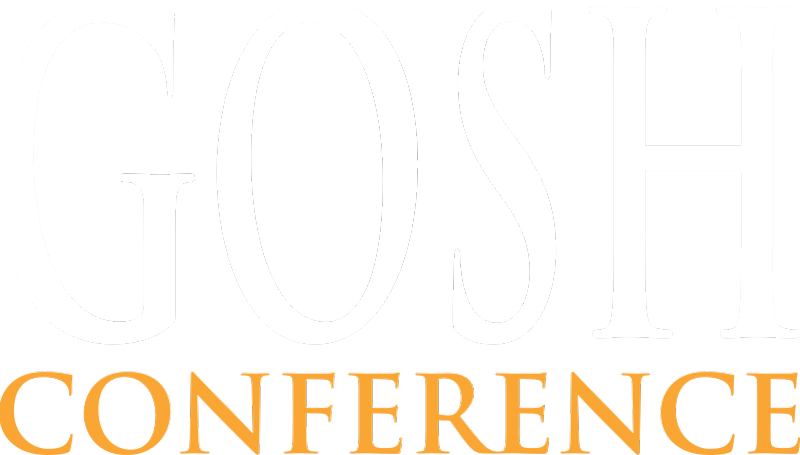
Joseph Henrich
Health Safety & Environmental, LAIKA LLC
Responsibilities and accomplishments include:
- Henrich leads the HSE department for LAIKA, an award-winning stop-motion animation studio.
- His focus on building relationships with the company’s sustainability, diversity, equity and inclusion, and production teams promotes a culture of safety at the studio.
- Henrich led the implementation of the “Safety Committee Tiny Trophy of Excellence,” with employees nominating and recognizing team members for demonstrating safe work practices. The safety committee votes on the monthly award.
- He initiated a studio-wide ergonomic assessment to build out an ergonomic injury prevention program to address employee needs and help prevent injuries while on the job.
The most important thing I’ve learned about safety and health is:
You don’t have to have all the answers. While having a comprehensive understanding of OSHA regulations or hazards unique to your industry creates a solid foundation, it will not lead your organization from good to great when it comes to safety. Too often safety professionals feel they need to have all the answers. It’s okay to say, “I don’t know, but let me find out and come back to you with that information.” Your value doesn’t come from memorizing the Code of Federal Regulations or NFPA 70E, but from building relationships with key stakeholders across the organization and taking the time to find the right answers and practically apply them to the challenges your employees face.
The other thing I’ve learned is that your ability to make a positive impact on safety is only as great as the organization that supports it. Safety has a uniquely deep and wide view of the workplace. Helping to drive operational excellence and efficiency elsewhere will almost always yield positive results for safety.
My best advice for workplace safety and health practitioners is:
What gets your organization to that next level is the value, trust, and connection to safety that you forge with your workforce. This moves safety from something that employees just have to do to something they want to be a part of. It increases the number of folks you have helping you resolve issues; it increases visibility into hazards in your workplace; and it creates something people can build community around.
Teach people to assess risk, find the right answers, and drive corrective actions to completion. They will own these efforts and take pride in moving the organization forward.
Embed safety in the culture of your workplace. Make it indispensable. The goal should always be that you could disappear tomorrow, and safety will still progress and grow without you.
Lastly, embrace and support other culture change efforts like DEI and sustainability. Colleagues advancing these initiatives face the same challenges you do as a safety professional. All of you are trying to build a more ethical and responsible organization.
